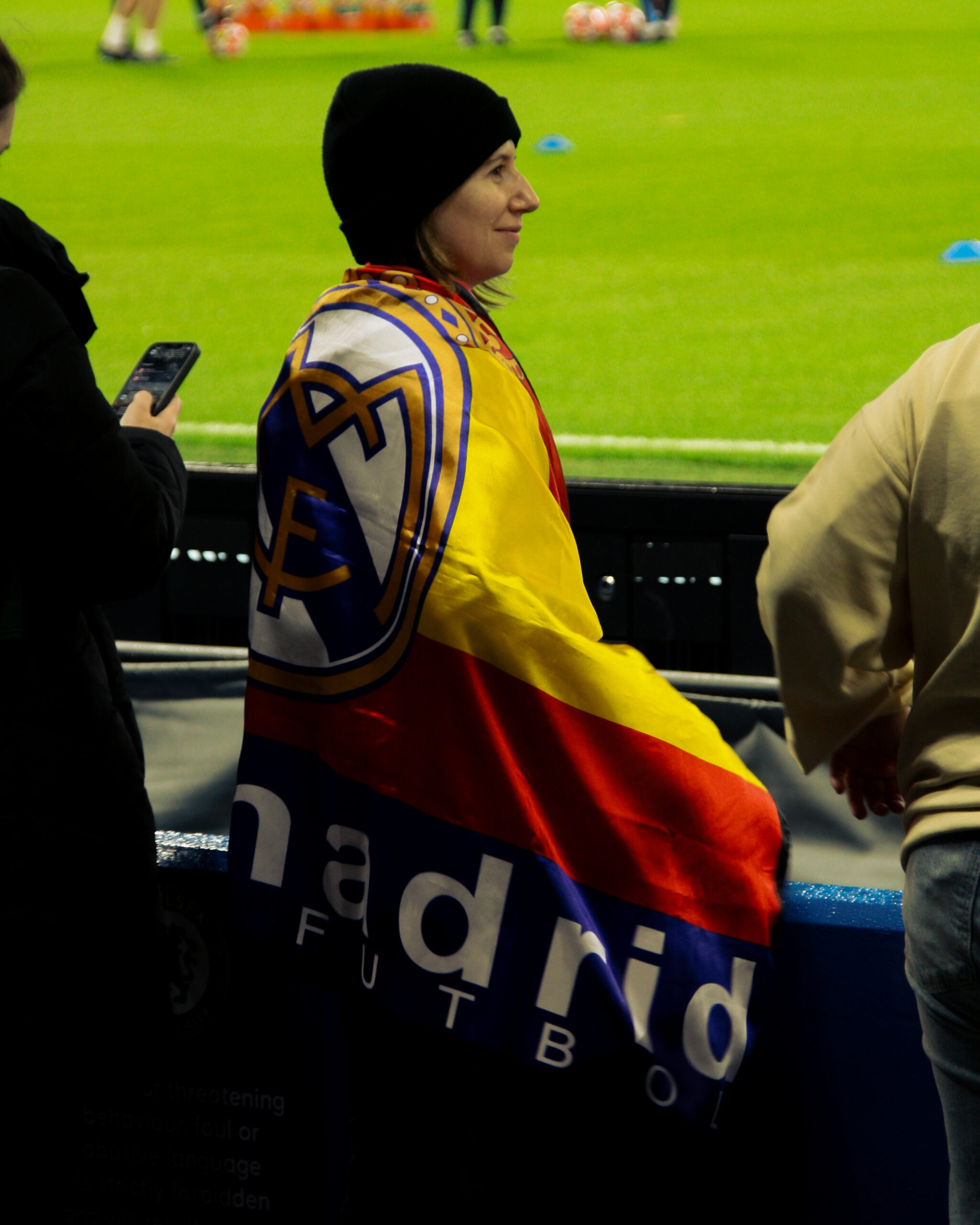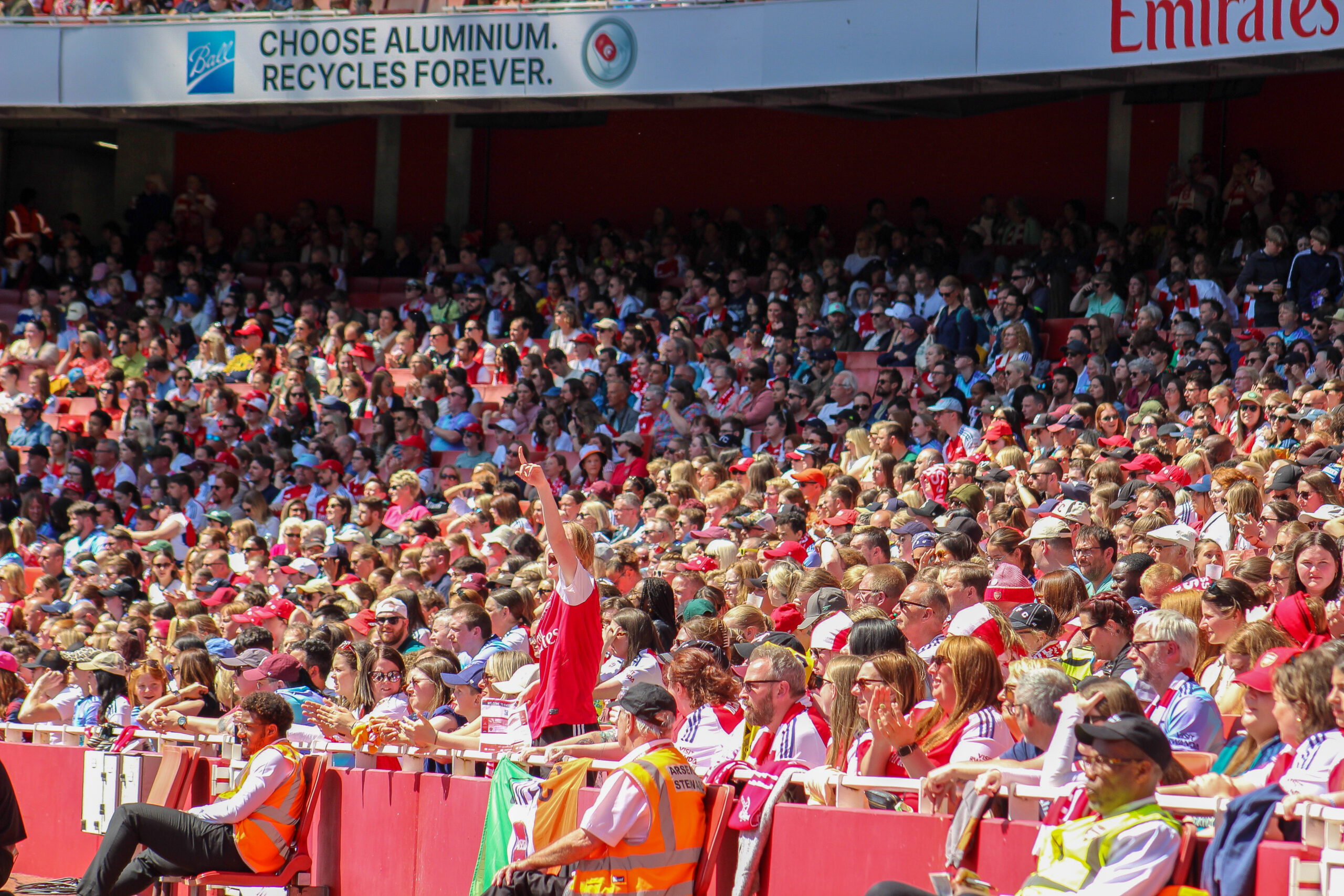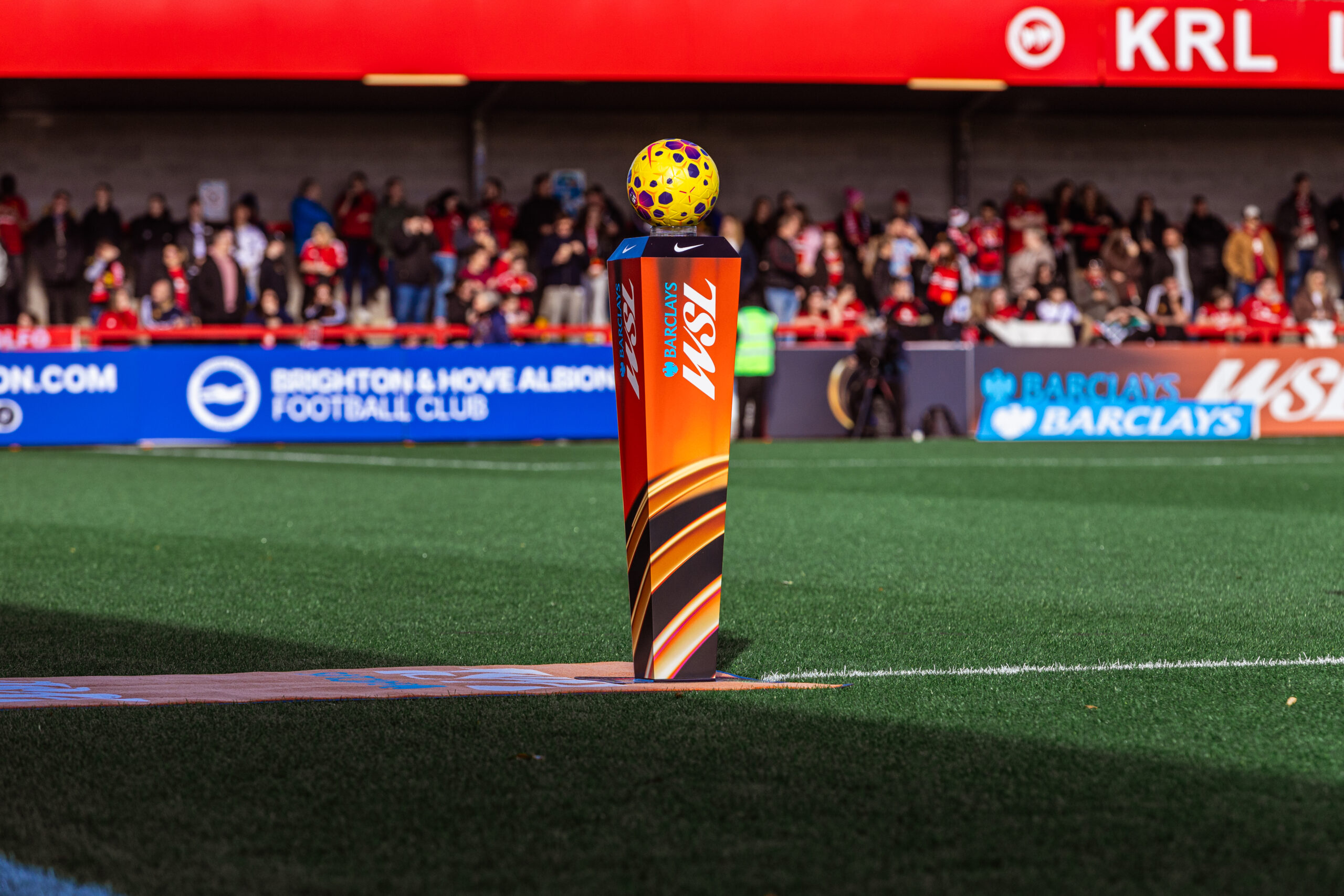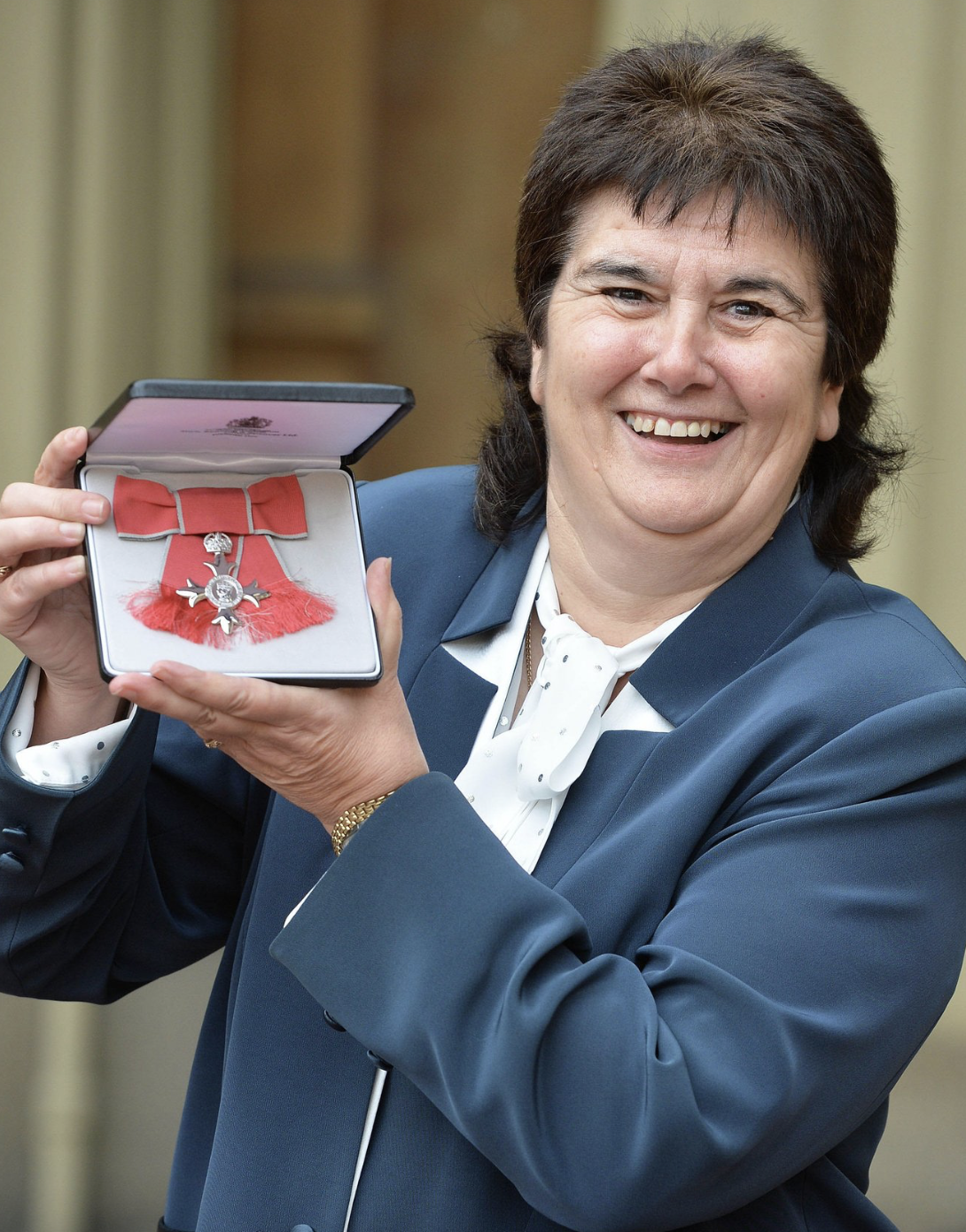In August 2023, the Spanish women’s national team secured the most desired trophy in football; the World Cup. Despite winning such a prestigious trophy, the reaction from federations, clubs and teams were not what the champions expected, and the struggle continued.
Despite the success of Spanish football both domestically and internationally—highlighted by the achievements of current and former Barcelona players—some players have expressed that other leagues, such as the English Women’s Super League (BWSL), are more captivating. This is largely due to the Lionesses’ remarkable accomplishments, which have inspired the next generation and driven efforts to expand access to football for young girls.
Spanish internationals have noted that many players are considering transfers to other leagues due to the limited exposure and impact their achievements have within Spain. They feel that their hard work and successes have not been properly recognised or valued, hindering both the growth of the sport and the development of domestic leagues.
Inside the Players’ Perspectives:
Aitana Bonmati, who has won many accolades including the Ballon D’Or, the Champions League and the Women’s World Cup, spoke on the lack of change in Liga F.
She stated in an interview with the BBC in April 2024:
“I would like to say that everything has changed- that the World Cup gave us more things- but I can not say that.“
The FC Barcelona player adds,
“I compare [it to] when the Lionesses won the Euros- everything changed”
This interview once again highlights the ongoing challenges in the women’s game in Spain, emphasising the lack of meaningful progress. It serves as a call for greater support and structural changes within the Spanish football system, benefiting both players and teams alike.
One point the Spanish international highlights about the Barclays Women’s Super League is its high level of competitiveness, driven by the number of teams in the league.
In Liga F, there are 16 teams, resulting in around 30 league games per season, excluding cup competitions and qualification matches. In contrast, the BWSL features 12 teams, leading to a shorter season with approximately 22 league games, not including additional tournaments and qualifiers.
Bonmati explains:
“You can see the best league- the English league- and you can see that there are less teams in the league to [help] be more competitive”, expanding onto the time given to rest; “To give space- more time to rest [for] the top teams that are playing a lot in the season”.
She concludes by standing firm in her statement:
“[I] would like to say everything has changed, but—no.”
This underscores her disappointment, highlighting that the progress within the league still falls short of the standards players hope for.
Insights from Players Who Have Recently Made the Switch from Liga F to the WSL:
Several Spanish internationals have already made the transition from Liga F to the WSL, including Arsenal’s Mariona Caldentey and Laia Codina, both of whom recently moved from FC Barcelona to the English league in the past few years.
In September 2024, both Players were asked by the BBC, “Why do you think so many Spanish players are excited to come to the WSL?”
Both players share the same sentiment as Aitana Bonmati, that nothing changed domestically in Spain after winning the most sought-after trophies in the game.
Arsenal’s number 8, Mariona Caldentey, responded:
“The Spanish league is not going how we would like it [to]- and when England won the Euros everyone could see a really big change in the league.”
In the same interview Laia Codina provides more information into what the differences are between the Barclays Women’s Super League and Liga F.
“It’s really interesting that it was felt in Spain (referring to the change when the Lionesses won the Euros).”
Arsenal’s number 5, Laia Codina, responded with several more compelling points:
“Here you can see that everything is changing, everything is improving.”
The key takeaway is that these changes are visible—not only within the league but also to players and leagues around the world. Naturally, when players see a league evolving and improving, they are more inclined to make the move to that league.
The key points of what Codina emphasised are the specific changes being made by clubs and teams. She mentioned:
“The teams or clubs are spending more money, so maybe that’s why more Spanish players are coming here, because how she [Mariona] said – its a challenge and an exciting place.”
When asked if she talks to the other Spanish players about her experiences, she stated:
“In the national team, they ask a lot, they want to know how it’s going here- they follow the league so they can see.”
Asking players who have made the switch is a natural approach, as they can provide valuable insights into what the league is really like beyond the broadcasted games. They offer a firsthand perspective on life as a player in the league, shedding light on the environment and culture that teams are creating, which is crucial for understanding the full picture.
Challenges Faced by Teams in Liga F in Recent Years:
In the 2022-2023 season, the CSD allocated a total of 2.5 million euros to be invested in teams across Liga F, excluding FC Barcelona and SD Eibar. The funds were distributed among the remaining sixteen teams, though not equally. Here’s a breakdown of the allocation:
Five out of the eighteen clubs received more than €200,000.
Another five clubs received between €150,000 and €200,000.
The remaining six clubs received less than €150,000.
If the total amount had been divided equally among the sixteen teams, each would have received €156,250.
Noteworthy clubs with male counterparts in major sporting cities received larger sums to help improve their women’s side facilities. These clubs included Atlético Madrid and Real Sociedad. In contrast, smaller teams like Alhama CF and CF Alavés were allocated much smaller amounts, often due to limited funding from the government or other external entities.
However, for the 2024-2025 season, Liga F has approved a record budget exceeding 15.6 million euros, a significant increase from the 12.2 million euros in revenue generated during the 2022-2023 season. This marks a positive shift for the league’s growth. Larger clubs, such as FC Barcelona and Atlético Madrid, continue to invest heavily in their women’s sides, further elevating the league’s profile.
The Spanish Liga F is a promising league with immense potential. If the funding and support from federations, teams, and clubs continue to improve, the women’s game in Spain can grow significantly. There is plenty of talent within the league that requires the right resources and environment to thrive, both as players and individuals.
Photo – @_shotsbyeve
https://www.bbc.co.uk/sport/football/articles/c15338dd9xzo



